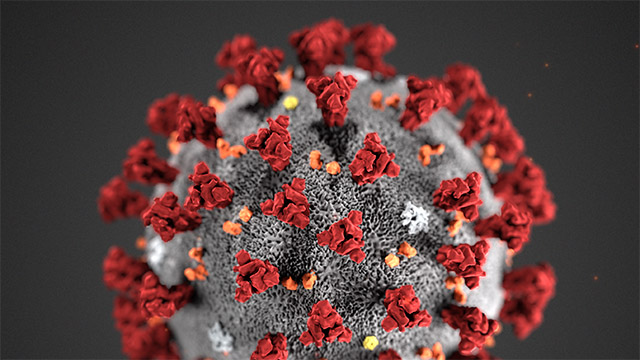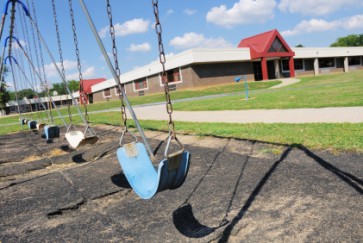As the deadly coronavirus spreads — including two cases in the Chicago area as of Feb. 3 — a solution may be in the works at Northwestern.
Professor Karla Satchell leads a national team of scientists investigating the structure of the 2019-nCoV virus to understand how to stop it from replicating in human cells.
She and her team will map the structure of some of the 28 proteins in the virus in order to see where drugs can throw a chemical monkey wrench into its machinery. The proteins resemble ribbon-like structures that may look like they have been ripped from a holiday gift, but are actually precisely folded to have a defined structure.
The proteins from the coronavirus are 70 to 99% identical to SARS.”
Feinberg School of Medicine
“Some of the proteins make viral particles and some make the machinery that makes the particles,” said Satchell, a professor of microbiology-immunology at Northwestern University Feinberg School of Medicine. “That machinery is a great place for drugs to target. We are focusing on the machinery components.
“The proteins from the coronavirus are 70 to 99% identical to SARS,” she said.
“But when it comes to drug binding, the difference is in the details. Just because one drug will bind to SARS doesn’t mean for certain it will bind to the new coronavirus proteins.”
Satchell and her team are well prepared for the challenges that come with developing drugs to fight the virus. She is director of the Center for Structural Genomics of Infectious Diseases at Northwestern. The center, established in 2007, has mapped more than a thousand parts of lethal bacteria and viruses in three dimensions, exposing an intimate chemical portrait of diseases. This view offers scientists a window into the bacteria or virus’s vulnerabilities, and enables them to create drugs to disable it or vaccines to prevent it.


